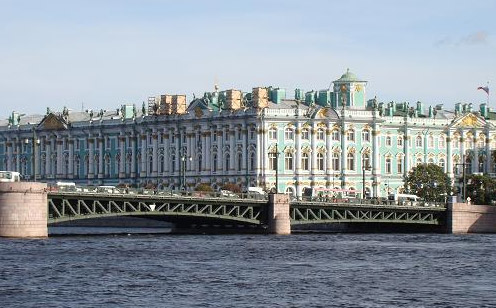
It has been a long –held dream of mine to visit St. Petersburg, home of the Tsars, of one of the worlds greatest museums, of caviar, vodka and the famed palaces of the boyars of old. Appropriately, it was Russian opera that inspired me – hearing that Anna Netrebko was to sing the leading role in Tchaikovsky’s opera “Iolanthe” at the Mariinsky, conducted by Valery Gergiev – well a night at the opera doesn’t really get much better. Accordingly tickets were booked online paid for, and all I had to do was a get a Russian visa. Now the palava with that is another story – I find it hard to be in one place at one time long enough to stay the week or so needed to process a visa, but this time it was complicated as I needed to apply for work visas for China and India too. In one of those horrid quirks of life, all my major visa applications had to be completed all at the same time. And with time running out, I made the final, Russia visa with just 48 hours to spare when Anna Netrebko was due to walk the boards at the Mariinsky.
But as you know from my previous article, that deadline was met, with more than satisfying results. However, what of the rest of St. Petersburg? Quite simply, it is one of the most beautiful cities in the world. Curiously reminiscent of Venice, Peter the Great built it to rival the canals of that wonderful city. He also visited Manchester, in England, another canal-riven European city whose regrettable treatment of their waterbound legacy means much of it is now buried amid industrially inspired wasteland. But Peter succeeded, and St. Petersburg is grand indeed. Canal trips can be taken along the Neva as it wanders through the city, stuffed full of architectural wonders. Palaces exist on every corner, and it was one, the Taleon Imperial Hotel , where we decamped. Built for a sister of Catherine the Great, it stands, proud as ever, on the canal. Evenings were spent at the Hotel Grand Europe, where I would sit in a corner of the bar, enjoying an excellent Bossner Baron cigar and splendid Armenian brandy. The cigar – and I have searched assidously to find a supplier to no avail – are apparently the work of a Russian from Siberia, (of I presume German extraction) whose business prospered, and now wealthy, wanted to find a cigar to his own tastes. In doing so, he travelled to Nicaragua, where the Bossner brand is made. The Baron, which is a thick, dark torpedo served in its own sandalwood box, is an excellent smoke, in fact one of the best I’ve had. But apparently only available at the Grand Hotel Europe. However, I shall keep an eye out for its availability elsewhere, and if you like full bodied cigars and see one, purchase immediately.
(more…)
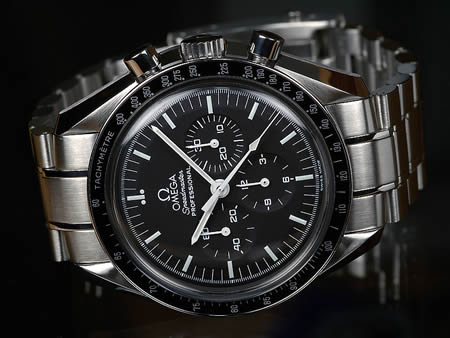
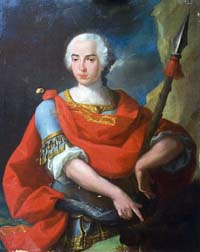
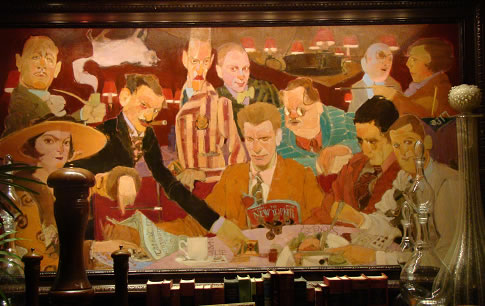
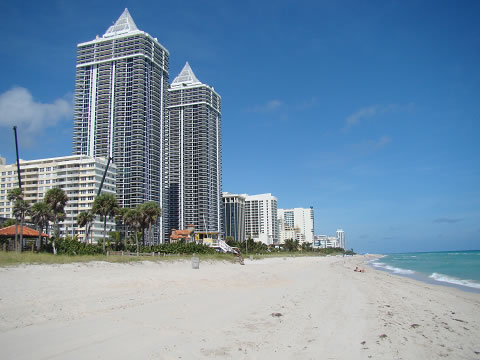


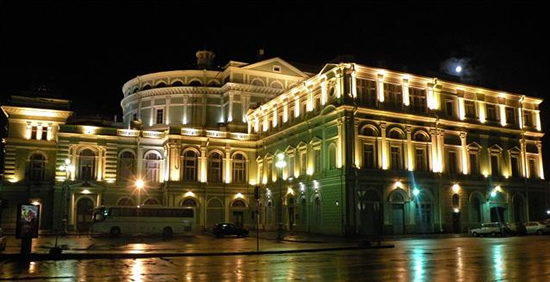
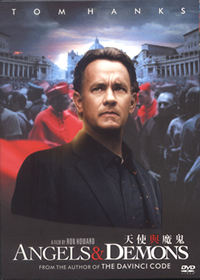
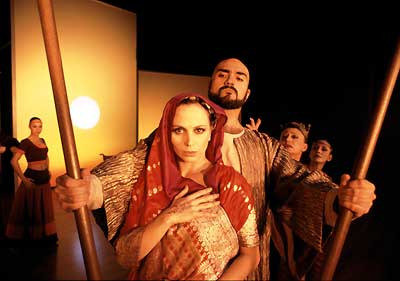
 I was lucky enough this past weekend to attend a rare evening at Beijing’s National Center for the Performing Arts (known locally as the Egg) just behind the Great Hall of the People on Tiananmen. I’ve been several times to different events; however this was my first occasion to view the
I was lucky enough this past weekend to attend a rare evening at Beijing’s National Center for the Performing Arts (known locally as the Egg) just behind the Great Hall of the People on Tiananmen. I’ve been several times to different events; however this was my first occasion to view the